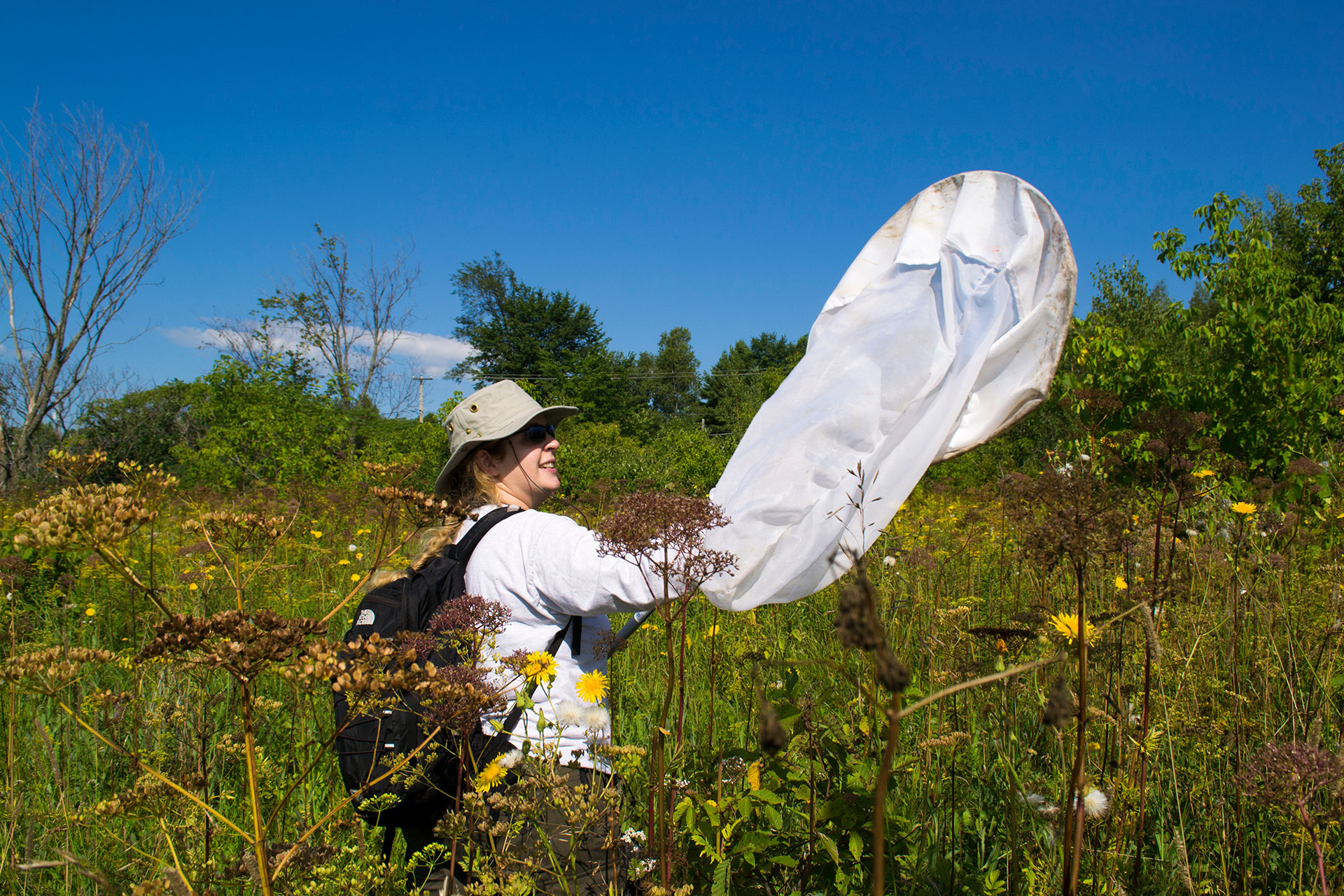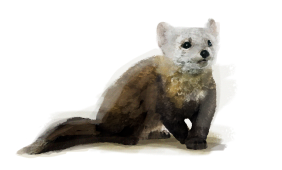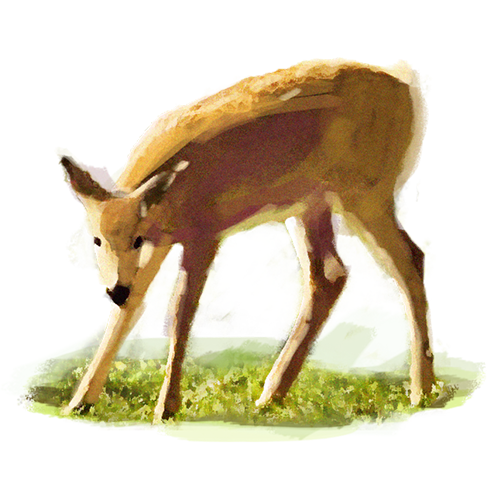
The Rusty-patched bumble bee (Bombus affinis) is an endangered species in Canada. This pollinator’s population levels are currently experiencing dramatic declines both at home and in the United States. The causes of such declines are attributed not only to increased pesticide use, but also to disease transmission, climate change and intensive agriculture. The only population currently known in Canada is in southern Ontario. However, according to entomological collections, the species was, at one time, present in the regions of Oka and Sainte-Anne-de-Bellevue in Québec. Though no recent surveys had targeted this species.
Thanks to funding received from Environment and Climate Change Canada, the Ecomuseum Zoo is participating in a project to compensate for the lack of knowledge related the presence of the Rusty-patched bumble bee in Québec by conducting a survey specifically targeting this important pollinator. In 2017 and 2018 surveys took place in the West Island of Montréal and in Oka National Park respectively. In 2019, the survey was undertaken directly on Kanesatake territory. Despite the abundant captures and the subsequent identification of several species of bumble bees, the rare Rusty-patched bumble bee has unfortunately not yet been detected. That said, the Yellow-banded bumble bee (Bombus terricola), another species in a precarious situation, has been identified by the zoo team in Oka National Park.
The Chimney swift (Chaetura pelagica) is a species whose status is threatened at the Canadian level, with a 95% reduction in the number of individuals across the country since the 1970s. The species uses, almost exclusively, chimneys for the construction of its nest or for periods of rest - a type of habitat that is now endangered with changes brought in recent years to the construction of homes and industries.
The Ecomuseum Zoo team of conservation biologists has undertaken to survey chimneys on the Kanesatake and Oka territories to identify those suitable for nesting and resting. About 47% of the inventoried chimneys had external characteristics (size, access, materials, etc.) favorable to the Chimney swift. Teams will meet with owners to raise awareness of the possible presence of the species and thus promote its conservation in the region for the coming years.
The name of the famed Monarch butterfly (Danaus plexippus) is well established! This endangered insect, well known and appreciated by the general public, migrates south each fall. Monarch butterflies are excellent pollinators and are essential for the ecological balance of the ecosystems they frequent.
Scientists at the Ecomuseum Zoo are also dedicated to raising awareness. Through this important project, educational presentations devoted to the monarch butterfly were conducted with young people from the Kanesatake territory. They have been sensitized to the Monarch's biology, its habitat and the threats it faces. The young participants had the opportunity to catch and tag Monarchs, contributing to the North American Monarch Watch research program. They also planted milkweed, the sole food source for the Monarch butterfly caterpillar, in an area in which the species is well established. Each of them left with a bag of milkweed seeds to plant at home.
In addition to all the projects dedicated to Québec wildlife, our team of biologists have also undertaken projects dedicated to the conservation of rare plants in Québec.
On the Kanesatake territory a survey of rare plants has been carried out to target important habitats in which these sensitive species thrive. We are meeting with land and home owners where rare plants have been observed to raise awareness of their presence and to provide advice for the conservation of populations. This type of work ensures the preservation of the native flora of Québec, which is essential to the region's biodiversity.

